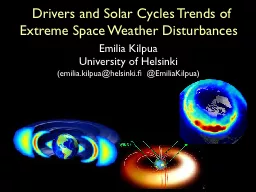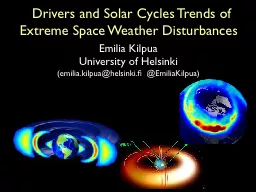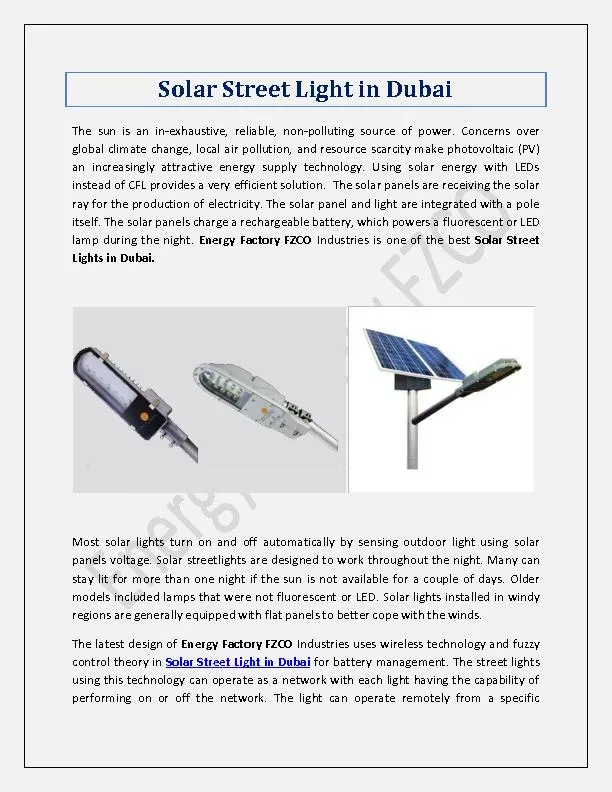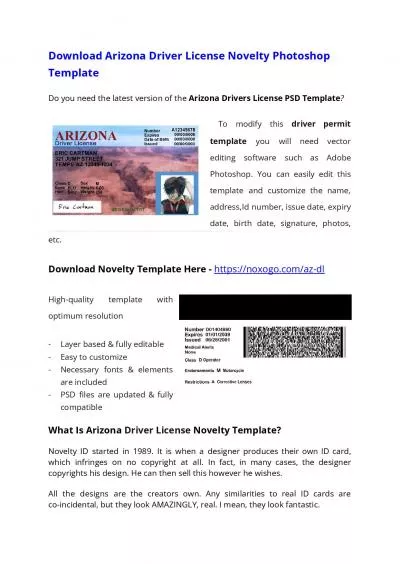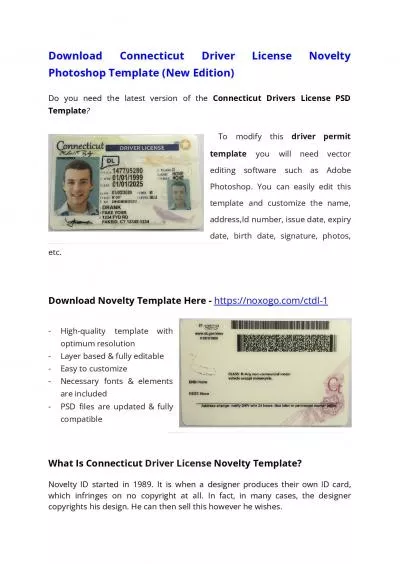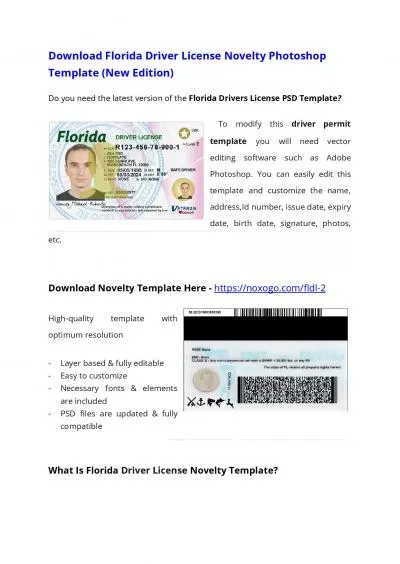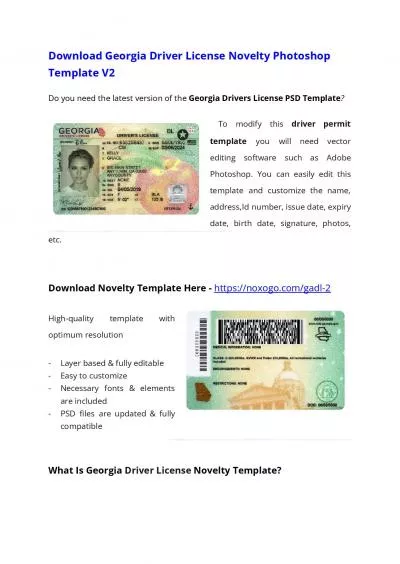PPT-Drivers and Solar Cycles Trends of
Author : conchita-marotz | Published Date : 2017-06-14
Extreme Space Weather Disturbances Emilia Kilpua University of Helsinki emiliakilpuahelsinkifi EmiliaKilpua Key solar wind parameters magnetic field magnitude
Presentation Embed Code
Download Presentation
Download Presentation The PPT/PDF document "Drivers and Solar Cycles Trends of" is the property of its rightful owner. Permission is granted to download and print the materials on this website for personal, non-commercial use only, and to display it on your personal computer provided you do not modify the materials and that you retain all copyright notices contained in the materials. By downloading content from our website, you accept the terms of this agreement.
Drivers and Solar Cycles Trends of: Transcript
Download Rules Of Document
"Drivers and Solar Cycles Trends of"The content belongs to its owner. You may download and print it for personal use, without modification, and keep all copyright notices. By downloading, you agree to these terms.
Related Documents

